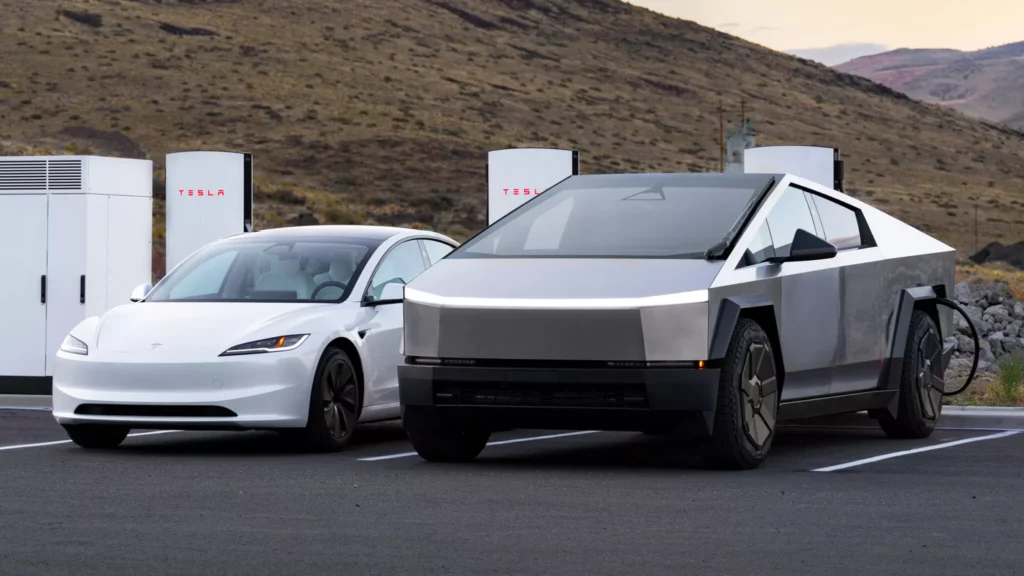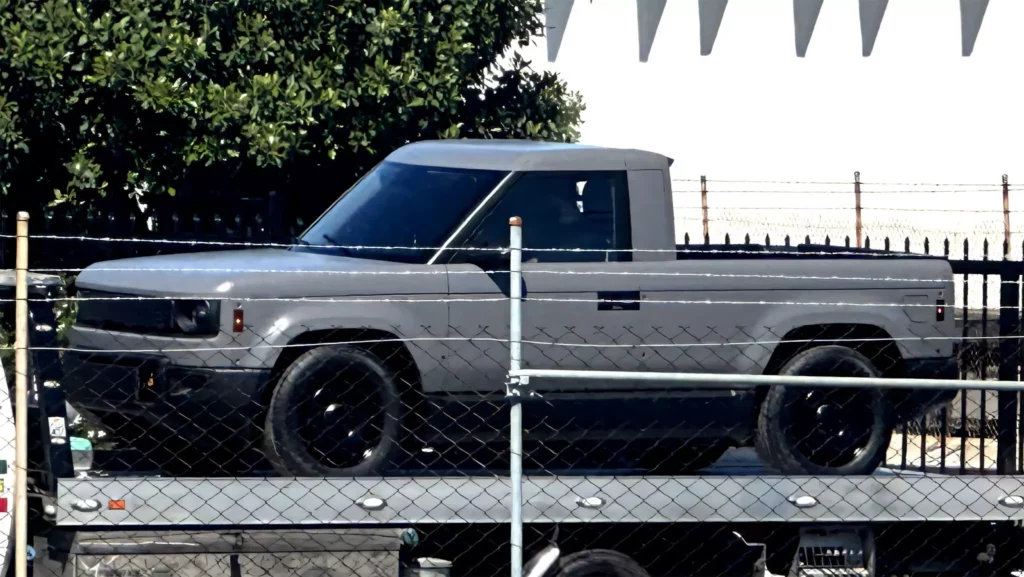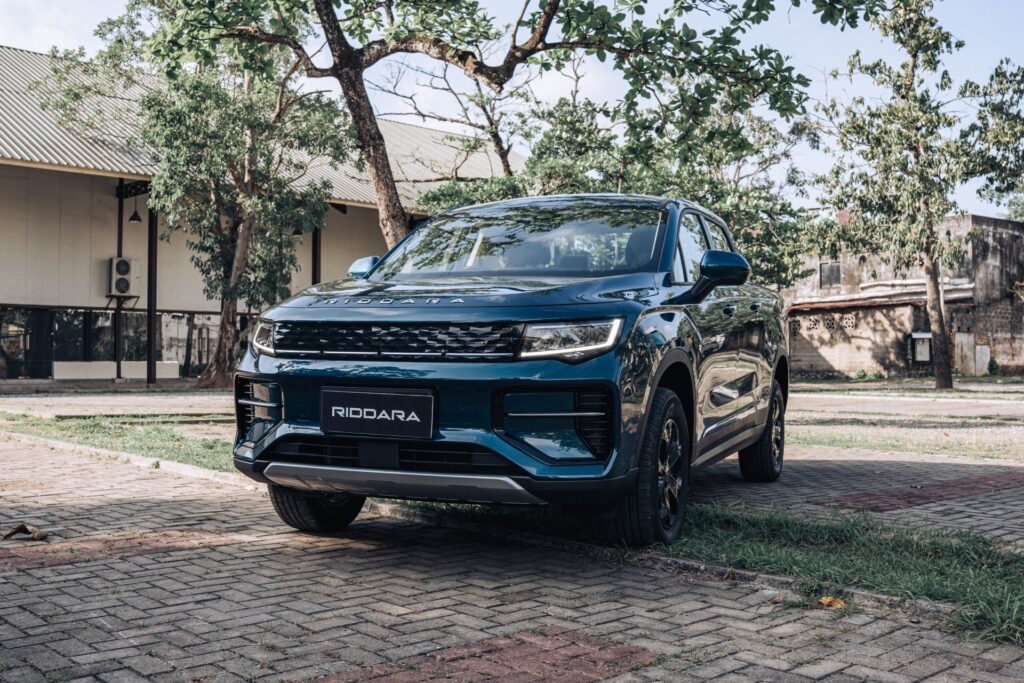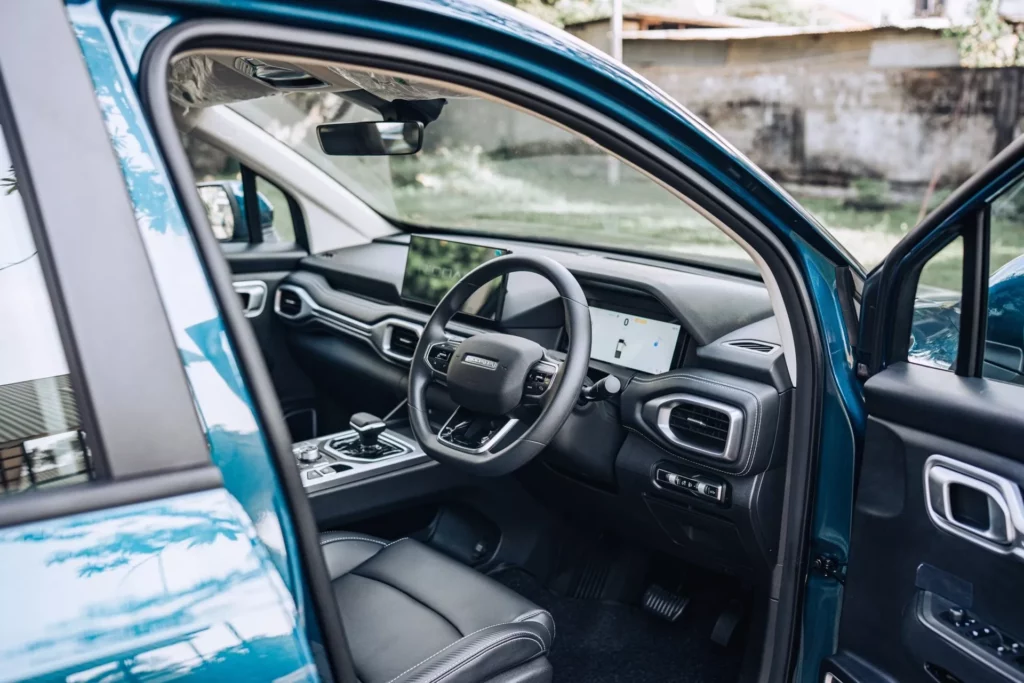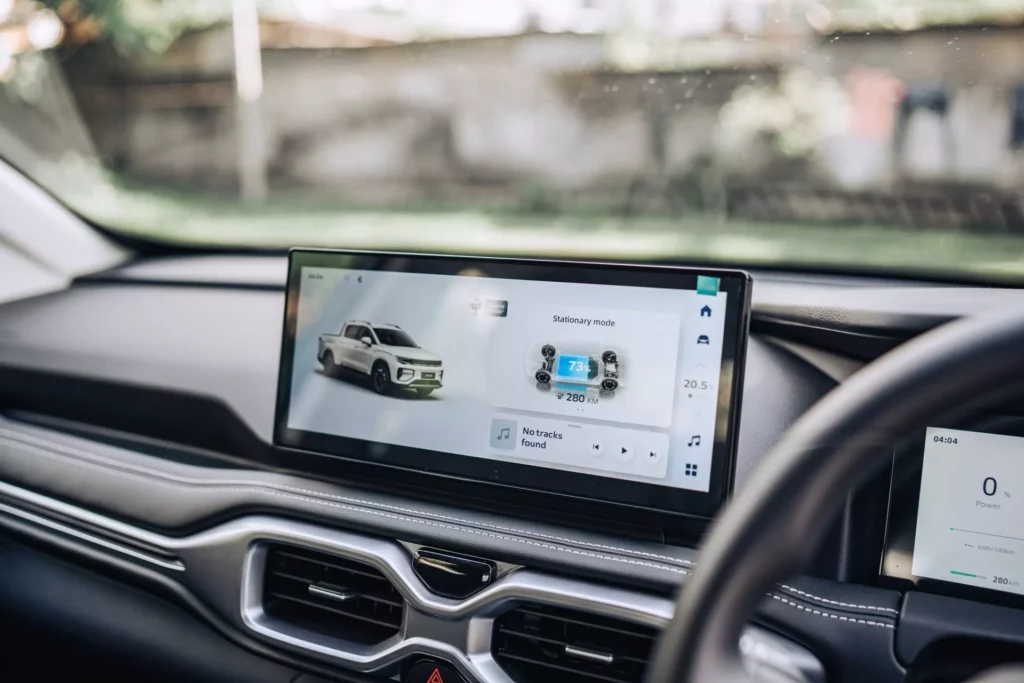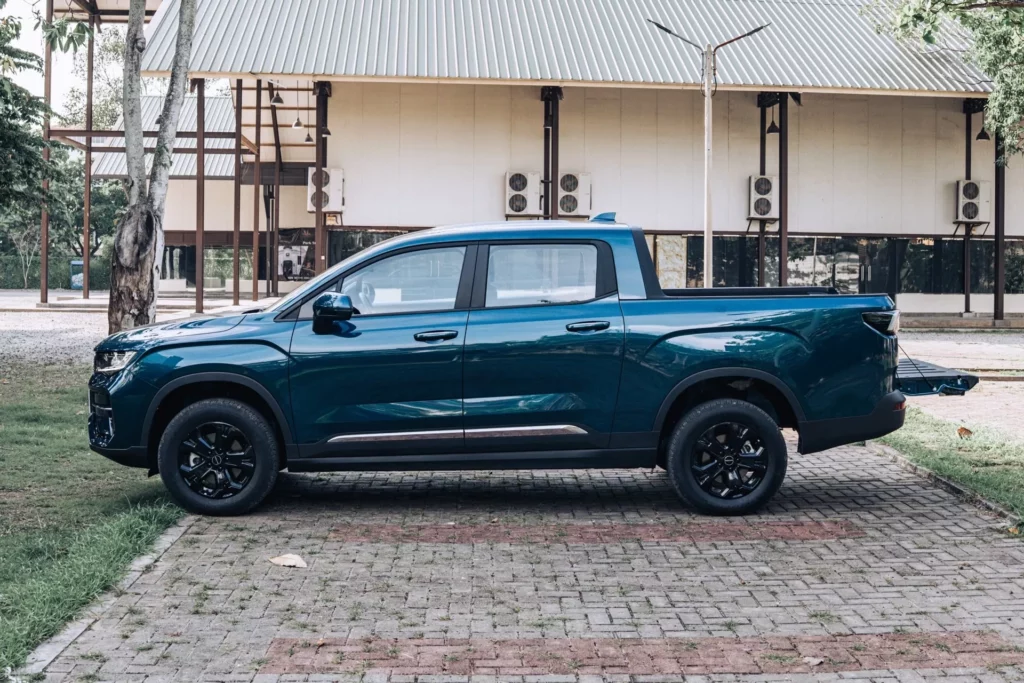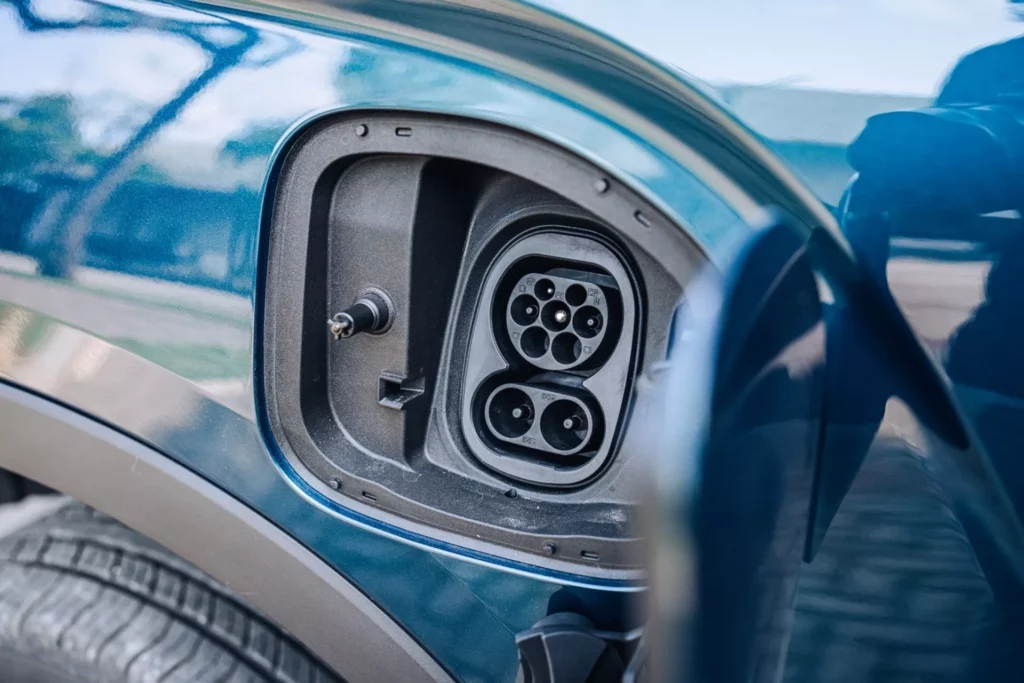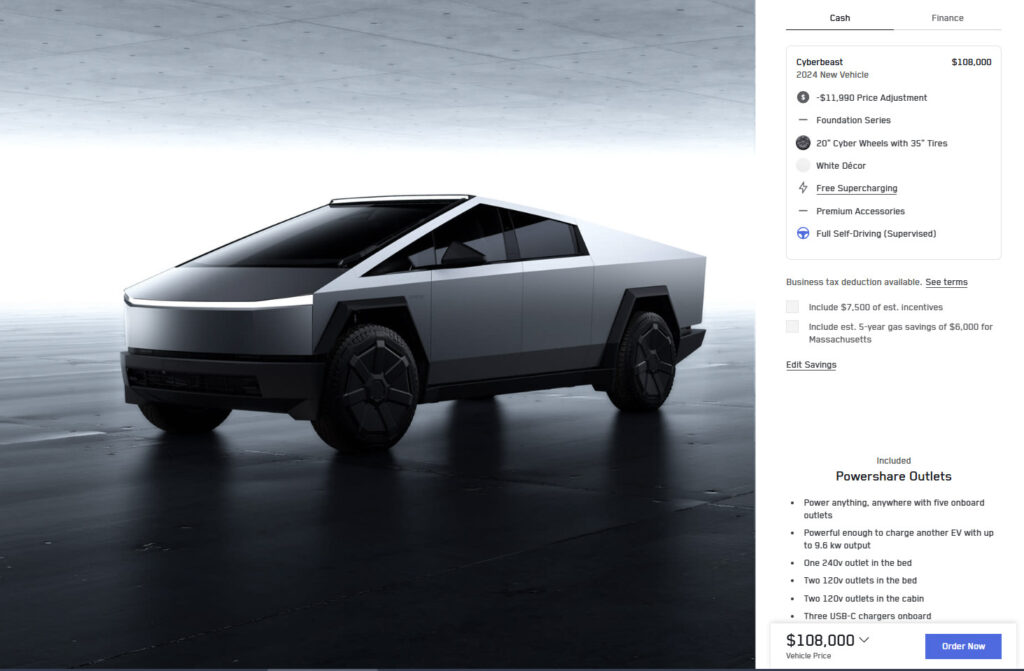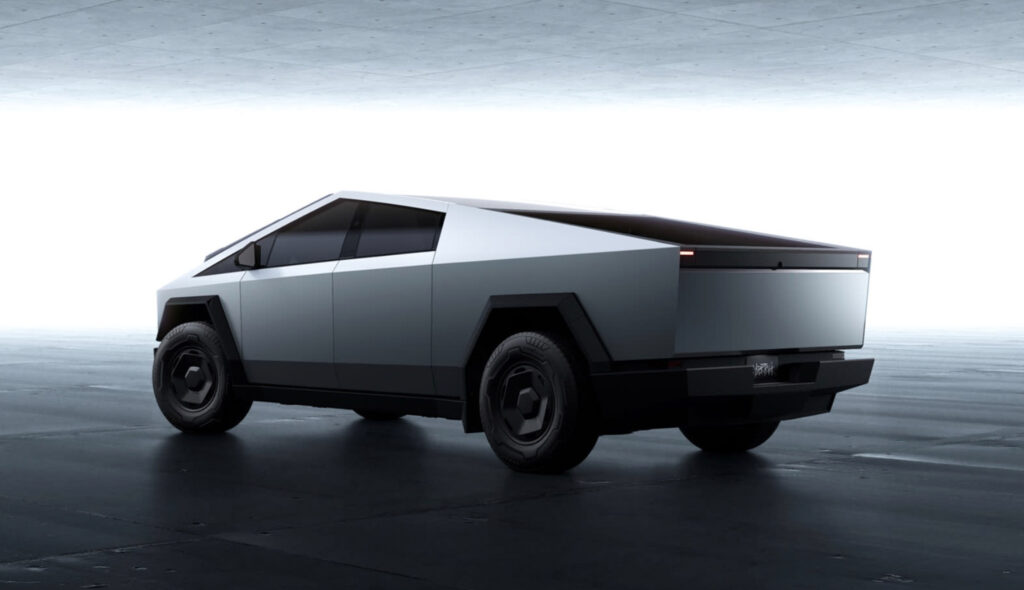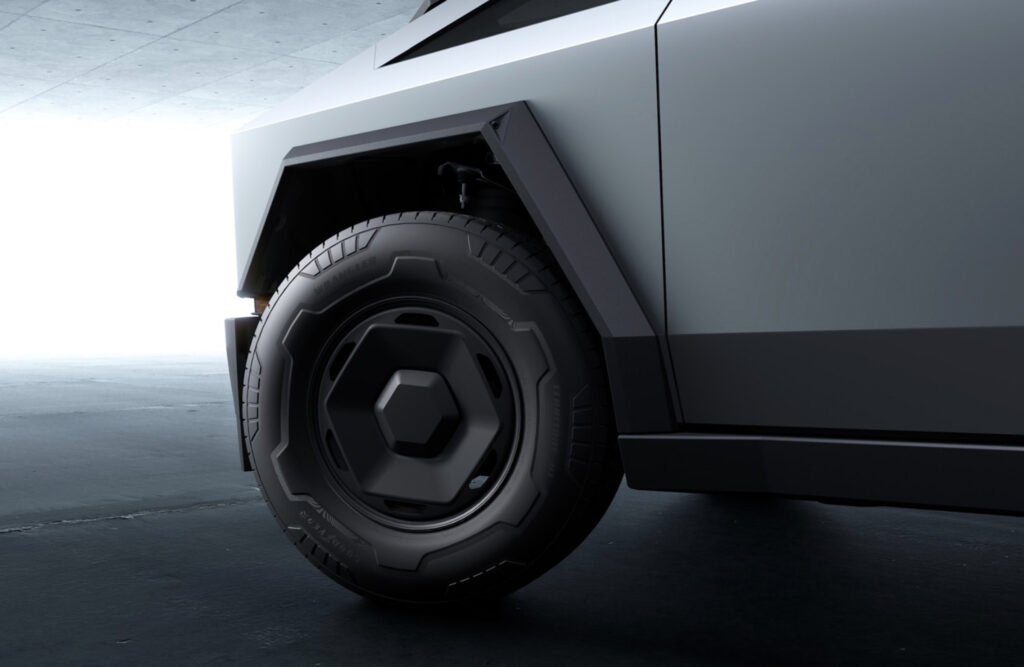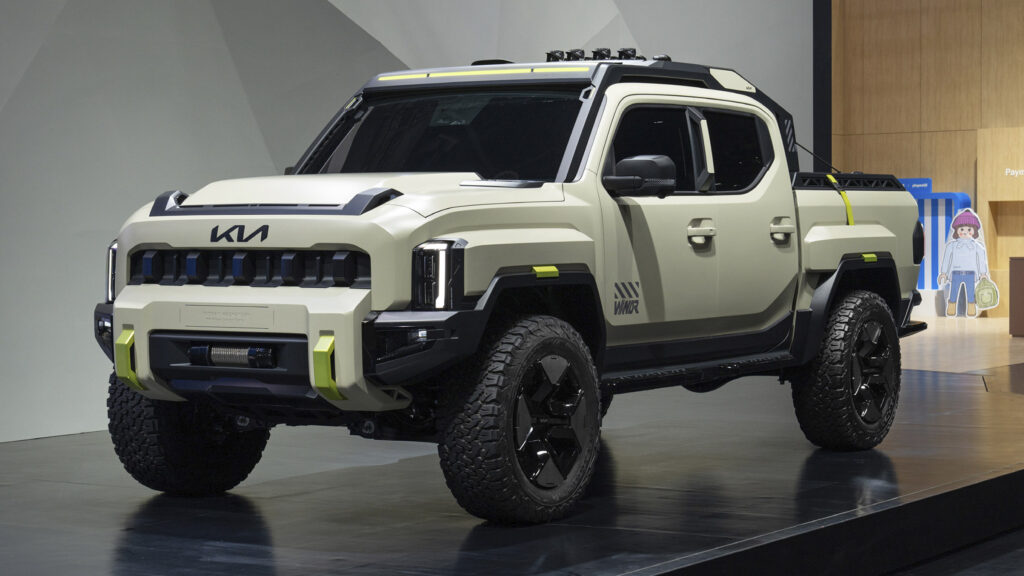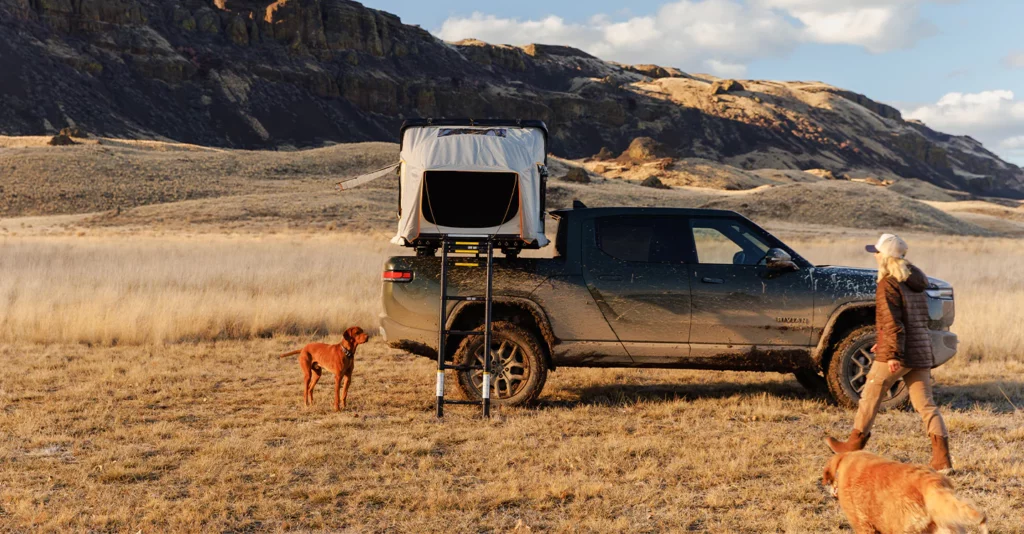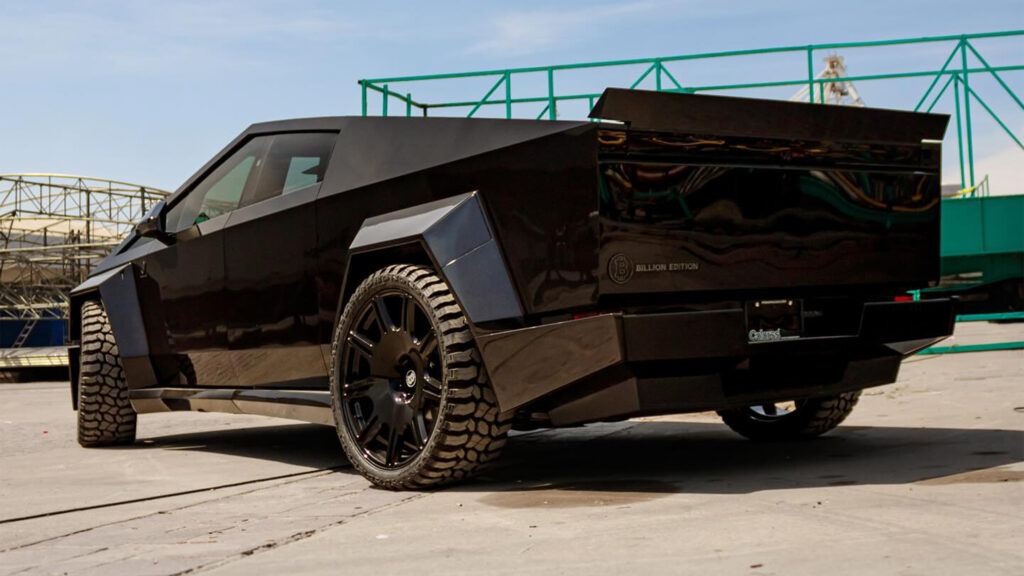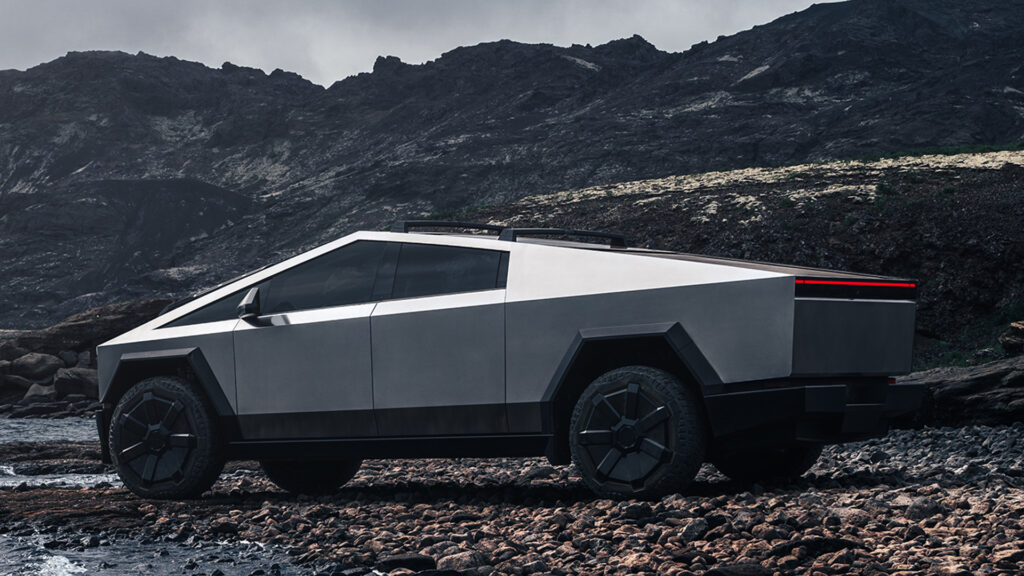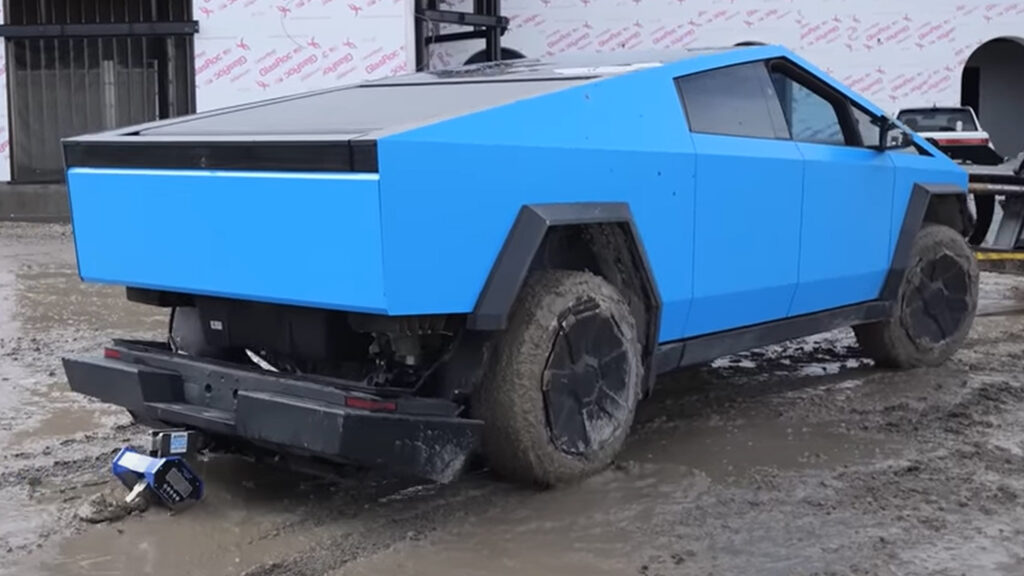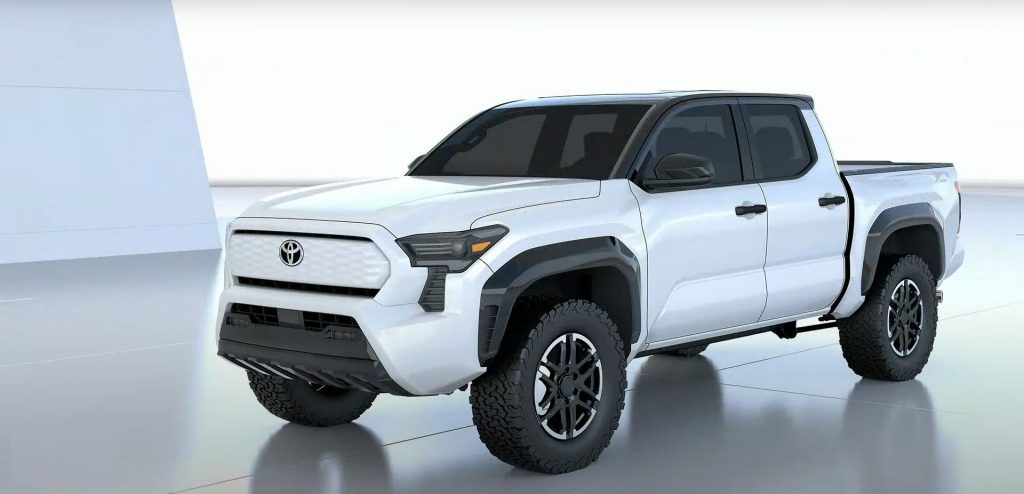Cybertruck Beats Fisker Ocean As Edmunds’ Biggest Loss Ever, Sold For Just $8K
- A Cybertuck Foundation Series was bought by Edmunds last July for a long-term test.
- After 5 months of issues, the Cybertruck was hit by a compact sedan while parked.
- Tesla’s service centers took two months to provide a quote, declaring the EV a total loss.
When it comes to testing high-profile vehicles, sometimes things go terribly wrong, and in the case of Edmunds’ Tesla Cybertruck, ‘terribly’ is putting it mildly. In July 2024, the outlet shelled out $101,985 for a brand-new Cybertruck Foundation Series to add to its One-Year Road Test fleet. By December 11, the truck was struck by a compact sedan while parked, pushing the 6,600-pound electric vehicle onto the curb. The damage was severe enough that it was written off entirely.
More: Tesla’s Cybertruck Rebranding Looks A Lot Like Ford’s F-150
On the outside, the wheel, tire, stainless steel panel and bumper bore the brunt of the impact. Things were much more serious under the skin though as, apart from the suspension, the rear drive motor, the rear-wheel steering setup, and lots of other parts were wrecked. No doubt, it was in a very sorry state, but things weren’t exactly peachy before the crash either.
Early Troubles: A Red Flag Parade
In fact, problems began soon after Edmunds took delivery of its Cybertuck and they included a number of critical steering failures, the EV going on limp mode or dying altogether, lots of errors showing up on the screen, the a/c not working on hot days, the transmission not selecting Park… you get the picture.
Definitely not confidence-inspiring for a $100k truck, no matter how hyped up it might be. In fact, the issues were so many they didn’t allow the team to perform its usual instrument testing procedure or even take it off-road.
The Great Repair Odyssey

Nevertheless, what spelled its demise was the aforementioned accident and attempts to get it fixed. Body shops dared not touch the Cybertruck, so their only recourse was Tesla‘s own service network. Problem number one: while one would expect Los Angeles, the city with the most Cybertrucks in the world, to have quite a few, there were just two within a 50-mile radius that were certified by Tesla to fix the EV’s steel body panels.
The first one, in Huntington Beach, gave them a one-month waiting period just to get an estimate on how much repairing it would cost. That was not all, though; they had to wait another six months for it to get fixed, which meant towing it to the shop to get an estimate, then towing it back and storing it somewhere, and finally towing it back again to get it back in working order. Naturally, Edmunds declined the offer.
More: Fisker Ocean Totaled After Tiny Door Ding Souring EV Dream
Things were much better at the second certified service center in Ontario. They still had to wait a month for an estimate, but after that the shop would instantly start working on the truck. So far, so good – until Tesla called a few days before the appointment and informed them it was pushed back a month due to the shop being overbooked.
Cybertruck Repair Costs
- Stripes and moldings: $619
- Motors and components: $4,191 (including $3,000 for an EV drive unit)
- Motor mounts: $77
- Wheels and parts: $1,758
- Steering: $2,040
- Rear suspension: $9,149 (including $2,500 for a new suspension crossmember)
- Cab and components: $3,800 (including $3,240 for a high-strength steel frame)
- Bed: $8,762.79 (including $1,595 for the outer panel, $4,280 for the aluminum rear section and $1,055 for the bed floor)
- Tailgate: $2,495
- Rear bumper: $2,417.73
- Rear body, lamps and floor plan: $1,668.50 (including $800 for the inner taillamp assembly)
- Miscellaneous parts: $357.22
- Other parts: $5
- Paint and materials: $610
- Tax on parts and materials: $3,320.65
- Labor: $16,584
- Sublet repairs: $25
- Grand total: $57,879.89
This time they decided to wait and, two months after the accident, had an estimate: it would cost them $1,128 to disassemble the truck and find out what had to be replaced or repaired. The quote, though, was a very unpleasant surprise; all in, they had to pay exactly $57,879.89.
The list of things that had to be fixed was too long, and the single most expensive item on it was the rear suspension at $9,149. Given that an example without prior damage was valued at $86,160, so theirs would sell for much less, it made no financial sense to proceed with repairs and it was considered a total loss.
The Final Blow
In the end, the outlet sold their Cybertruck to Copart for… $8,000! The only positive thing was that it received praise for its performance and ride comfort, as well as the design that, while controversial, at least (or rather because of it) drew a lot of attention. Other than that, not only did it not get to take part in the One-Year Road Test, but it became Edmunds’ biggest loss ever, a title that until then was held by the Fisker Ocean.
